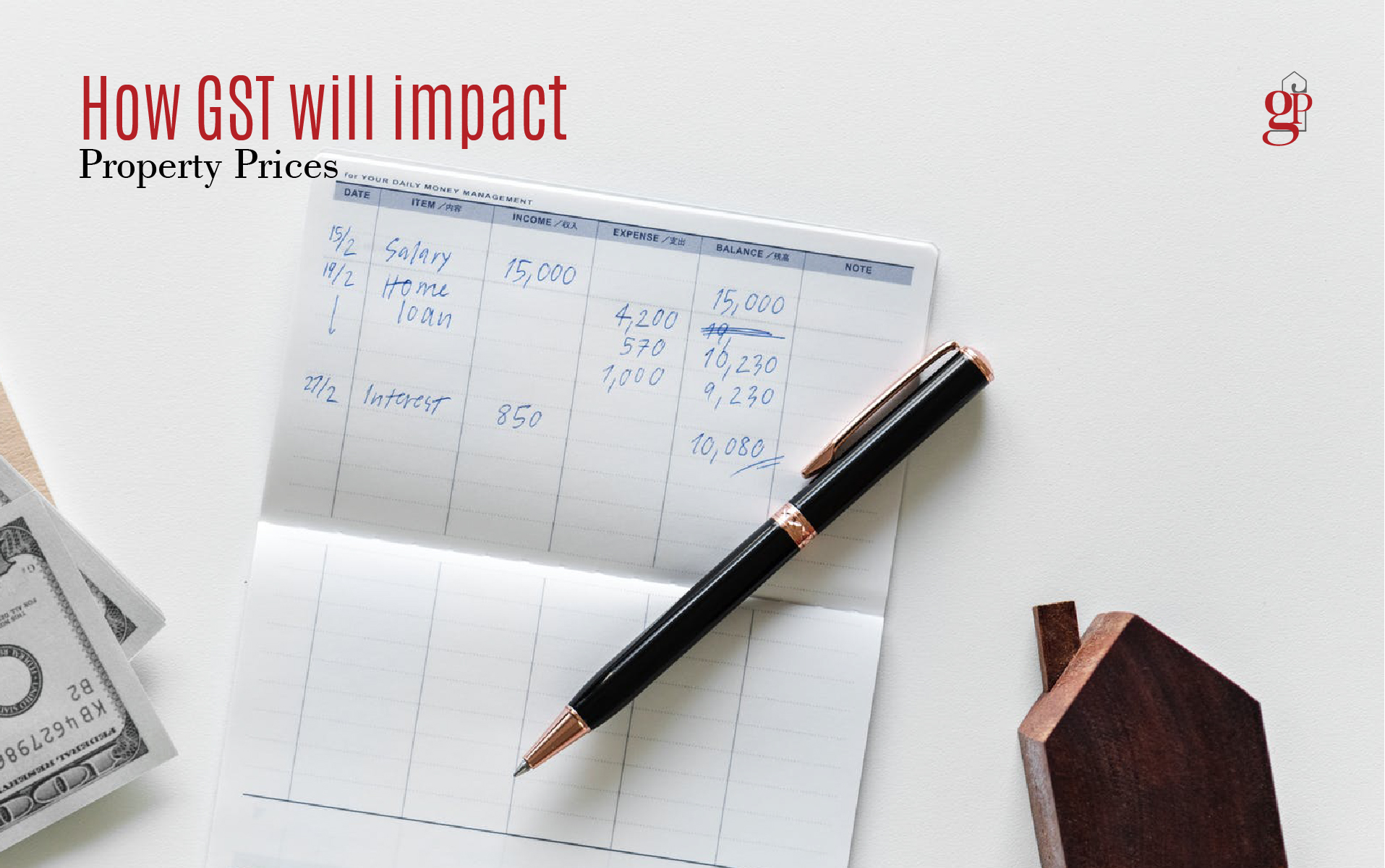

Investing in a property is very much like getting married. Gauging your compatibility with the future companion is as important as mapping your compatibility with your new home. Because a home comes with a set of factors – the neighborhood, the infrastructure, and amenities, connectivity and accessibility, etc. Therefore, it is important to research the neighborhood before you move.
- Legal Compliance –
The land on which the development is built is very important. Complete research about the rights, ownership, and onuses towards the property should be thoroughly conducted. The title deed must be verified and the details must be checked concerning possession, builder-buyer agreement, etc.
- Appreciation Trends –
This is particularly important if you are buying a new property. The new house should be located in an area that is progressive and offers good appreciation.
- Public Conveniences –
The accessibility to bus stops, railways stations, auto-rickshaws, and other public transport should be well considered. The nearness to these places can be good as well as bad. Additionally, the closeness to schools, hospitals, educational institutions can be helpful to live connected.
- Noise Levels and Activity –
Staying close to places that are really loud and full of commotion all through the year can be depressing. The noise levels can cause health issues and take away the peace of living in a healthy, happy and enriching neighborhood. Vehicular traffic in the neighboring areas can be a hassle too.
- Building Amenities –
Knowing about the water supply, sewage system, fire system, security procedures, etc. is extremely important. These points become even more important when staying with children. A clearer picture can be gathered from the existing residents and their living experiences.
- Immediate and Extended Community –
A vibrant community is particularly important in today’s demanding times. Coming home to a happy neighborhood can add years to your life Balancing work and home is better when play is involved too. Common activities, festival celebrations, annual events, weekly meets, evening walks, etc. with the other residents can make way for more fun!
It is rightly said, a home is where the heart is. So, make sure you make the best decision of your life when cherry-picking your abode!








